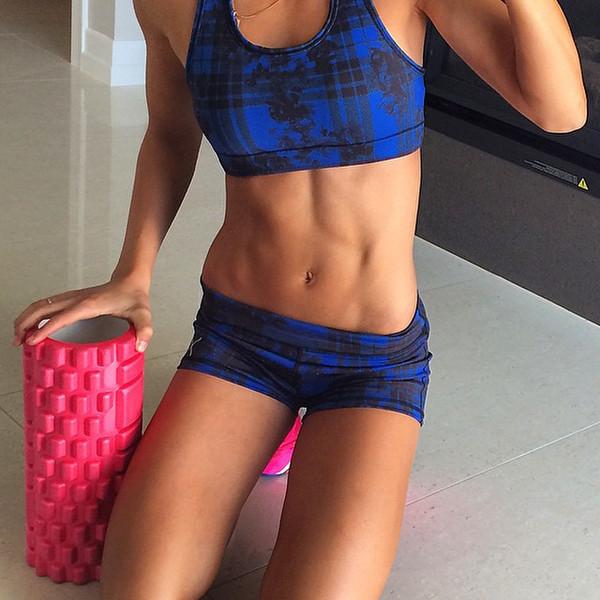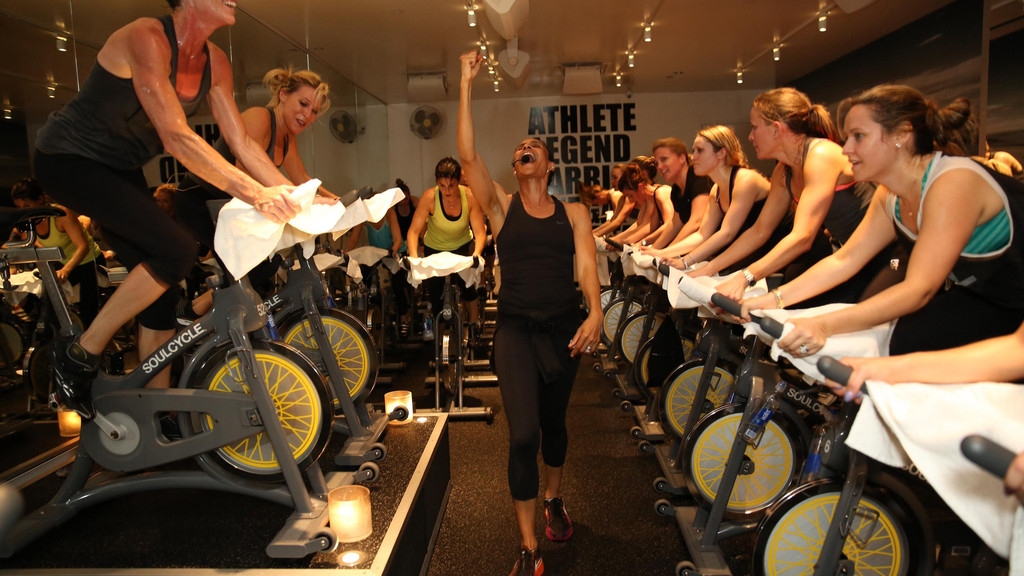
Losing weight is the most common New Year’s resolution. So three weeks into the new year, how are you holding up? A personal trainer once told me that it take three weeks to make a habit. So if you’re not on board the train just yet, don’t panic. Apparently it’s a thing to start resolutions in February.
 MORE: How To: Work Out On Holiday
MORE: How To: Work Out On Holiday
Nevertheless, many of us will be trying to plan out a routine that works for us. With everyone at different levels of fitness and health, it can be hard to say “eat only this and you’ll lose 10 kilos in one week” or, “drink this tea and you’ll shrink two dress sizes after a day”.
As much as we’d love those fitness fads to work, sometimes we have to admit to ourselves that a healthy balance, perseverance and hard work is the key to success.
So this brings us to trying to figure out what kind of exercise options are out there. Here’s a simple comparison of two popular ways of exercising.
High Intensity Interval Training (HIIT) 
This form of training usually consists of repetitive short fast interval exercises – such as sprints – intertwined with low-moderate intervals, for example; a steady walk.
GOOD FOR:
Retaining muscle while burning fat stores.
Stimulating human growth hormones which will increase calorie burning.
Generally HIIT will burn fat a lot faster than low intensity exercising.
Low Intensity Training
This is low-moderate exercising like steady walking or bike riding, keeping your heart rate moderately high.
GOOD FOR:
Everyone! Whether it’s experience, age, injury or pregnancy, this is the go to for most people.
It’s a steady way to burn fat.
HIIT can be pretty tough on your body. So why not switch it up? Allow your body to rest and rebuild. It’s a great idea to incorporate both types of exercising into your routine. One of the most important thing to remember is your diet! Consuming the right foods will help assist any fitness goal.
MORE: Are Hidden Sugars Ruining Your Health?
Always consult with a qualified medical professional before beginning any nutritional program or exercise program. These suggestions are not intended to substitute for proper medical advice.
Images via mitzivines, relevantmagazine, funintofit




